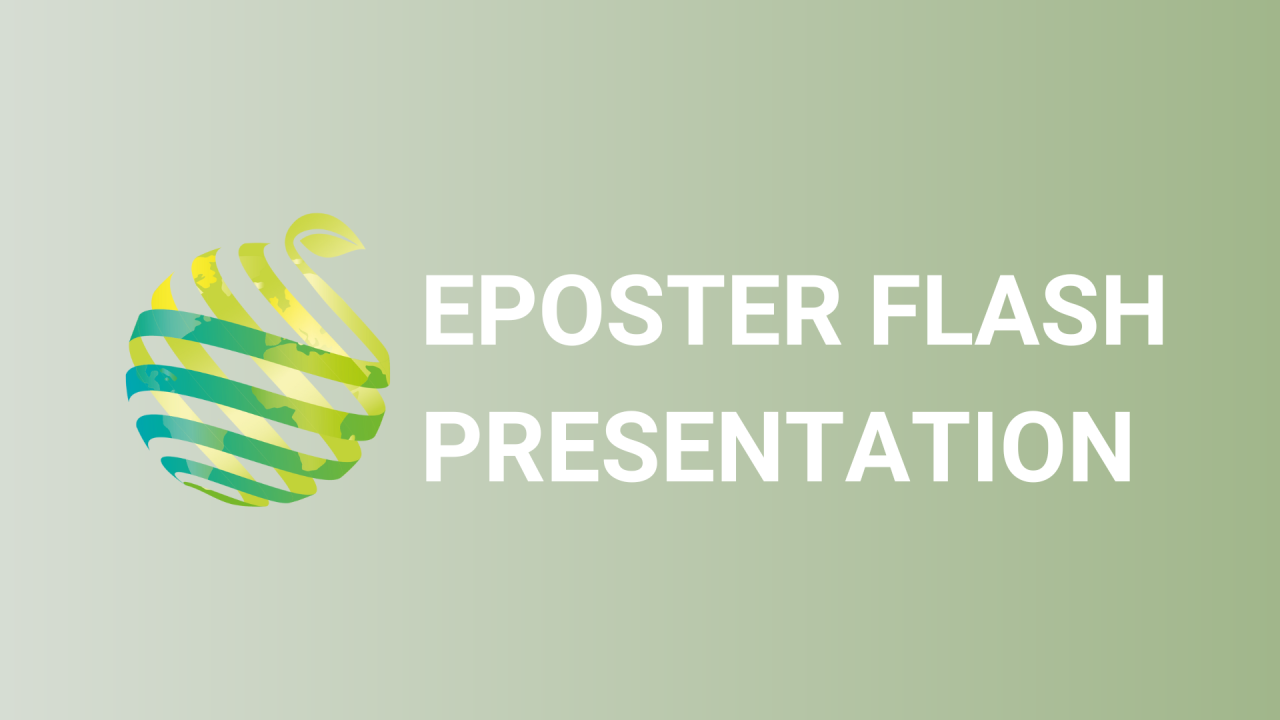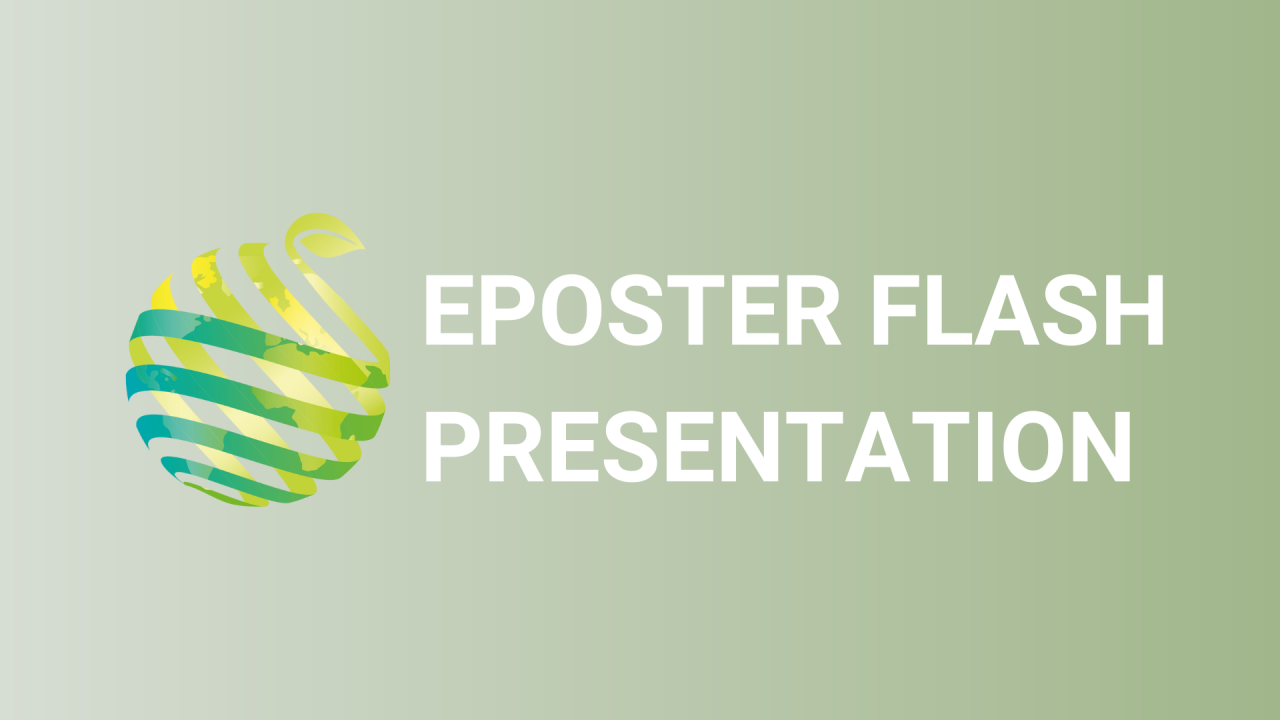

S16 - Session P2 - Variation in pre-harvest rind disorder susceptibility among mandarin varieties
Information
Authors: Ashraf El-Kereamy *, Suejin Park, Alaaeldin Rezk, Mary Lu Arpaia, Greg Douhan, David Obenland
Every year, the citrus industry loss a significant amount of mandarin fruit before or shortly after harvesting due to rind disorder. The damage is initiated in the fall, especially following rain. It begins with irregular water-soaked areas that develop into dark-brown, necrotic lesions covering large portions of the fruit's surface. The damage is evident in some citrus types, such as Satsuma Owari mandarins and other cultivars. Fruits located in the outer part of the canopy suffer more than fruit in the interior canopy. In 2019 and 2020 seasons, the susceptibility to this kind of damage differs among varieties, with the most susceptible being Kishu, ranked at 4.5 when using the scale from 1-5), followed by Satsuma Owari (3.4) and Gold Nugget (2.9), while Page (1.2), Tango (1) and W. Murcott (1) showed significant tolerance to this disorder. Hormonal analysis showed that Abscisic acid (ABA) content was significantly higher in Satsuma Owari, Kishu, and Page compared to Gold Nugget, Tango, and W. Murcott. ABA may be more correlated with early ripeness rather than rind disorder. A higher level of jasmonate compounds was detected in the affected area of the fruits and in the rind of the susceptible varieties. These compounds include the jasmonate precursor 12-oxophytodienoic acid (OPDA), jasmonic acid (JA), and the isoleucine (Ile) conjugate of jasmonic acid (JA-Ile). It seems that JA content is correlated with the susceptibility of the varieties to the rind disorder. Antioxidant enzymes activity showed significant differences among varieties. In laboratory screening, some new chemicals showed potential as treatments for field testing. These included salicylic acid (SA), jasmonic acid (JA), and abscisic acid (ABA) inhibitors. The study provides new insight into the susceptibility of the different mandarin varieties to pre-harvest rind disorder and its management.